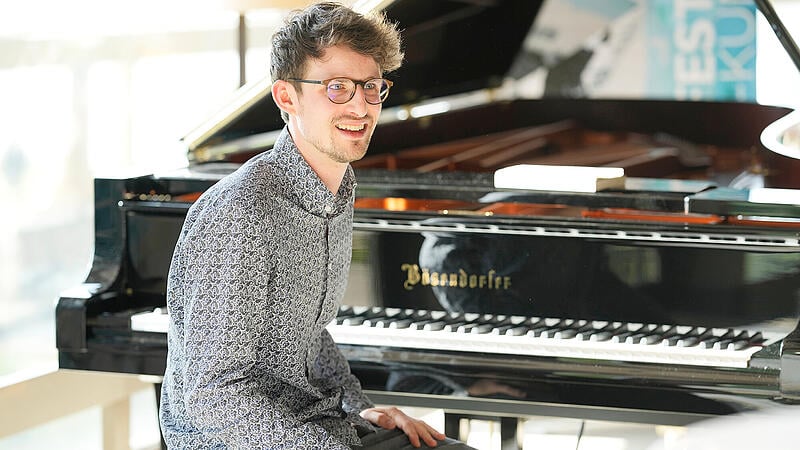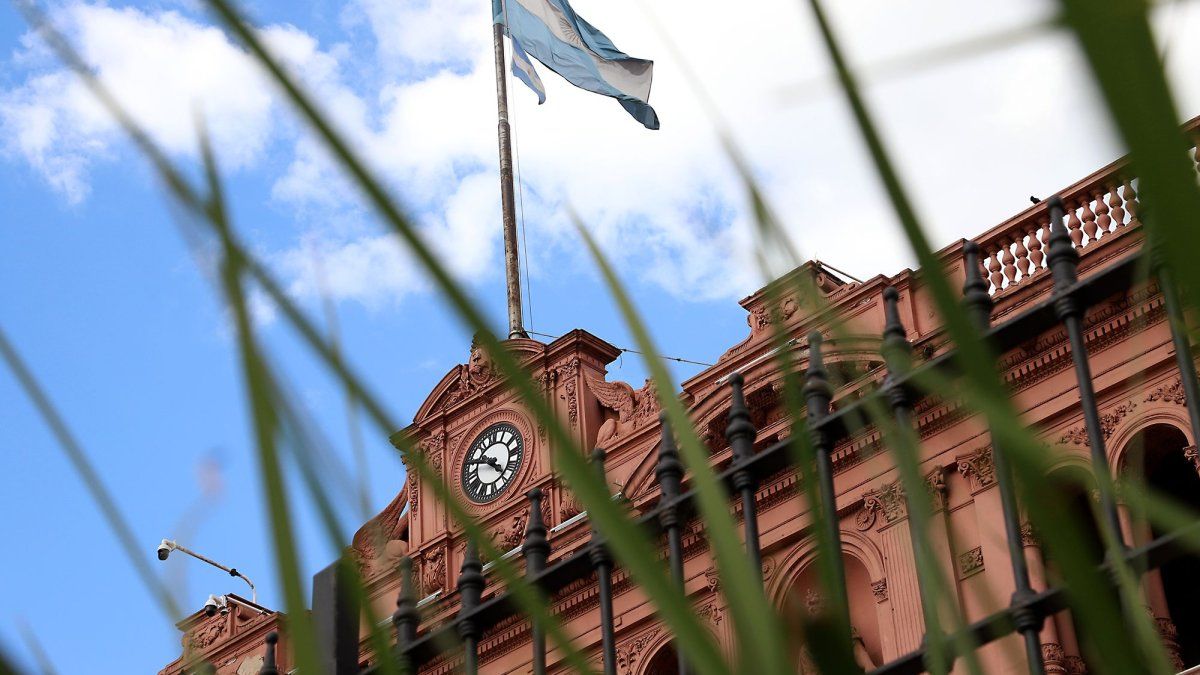Image: Photo: Reinhard Winkler
Music is art in time. As a sounding phenomenon, it cannot be summed up like a picture, but sometimes requires a lot of time to experience it in its entirety. The aspect of time usually means stress for musicians. Because the next note has to follow in fractions of a second, with correct intonation, articulation and dynamics. At the start of the Brucknerhaus Festival 4020 with the motto “Time-Art Music” it was exactly the opposite.
Because here it was important not to play the music too fast, but to expand it almost endlessly in a time continuum. Music that couldn’t be slower. With his piece “ASLSP”, which was composed in 1985 with the help of a random number generator and is usually referred to as “As slow as possible”, John Cage designed such a piece, the eight parts of which let time become infinity . Elias Gillesberger not only explained this work to the listeners in detail in the restaurant of the Brucknerhaus, but in contrast to the organ version, which lasted 639 years, made it sound in just over 20 minutes.
Individual tones, sounds that seem to have no connection due to the stretching and yet evoke a musical flow. One that, in its slowness, stands in complete contrast to the restlessly fast world. It was all the more fascinating because through the window you could see the hustle and bustle on the Nibelungen Bridge, the people playing sports in the Danube Park, the rides moving at breakneck speed on the fairgrounds, and you could hear the sounds stretched out almost to infinity.
The longest string quartet in music history with the Quatuor Zaïde ensemble
Two years earlier, Morton Feldman and his 2nd string quartet may have given Cage the impetus for ASLSP. Because this work also plays with time, with a lot of time. However, not in such a way that the sounds are stretched out indefinitely, but that the work consists of 13 parts, each of which has an approximate playing time of 20 to 25 minutes. However, it depends heavily on the pace and over such a long distance, a slightly faster and therefore more crowd-friendly pace can make itself felt. Instead of just under five hours, the Quatuor Zaïde managed to wander through Feldman’s cosmos in 220 minutes. However, with a great focus on musicality and timbre. For the four musicians – Charlotte Maclet and Leslie Boulin Raulet (violins), Sarah Chenaf (viola) and Juliette Salmona (violoncello) – it was not about the mere show effect of performing the longest string quartet in music history, but also about the emotional score to shape salary. And they did it more than impressively.
Conclusion: All in all, it was a long, but immensely fascinating evening.
Info: Festival folder at www.brucknerhaus.at
Source: Nachrichten




